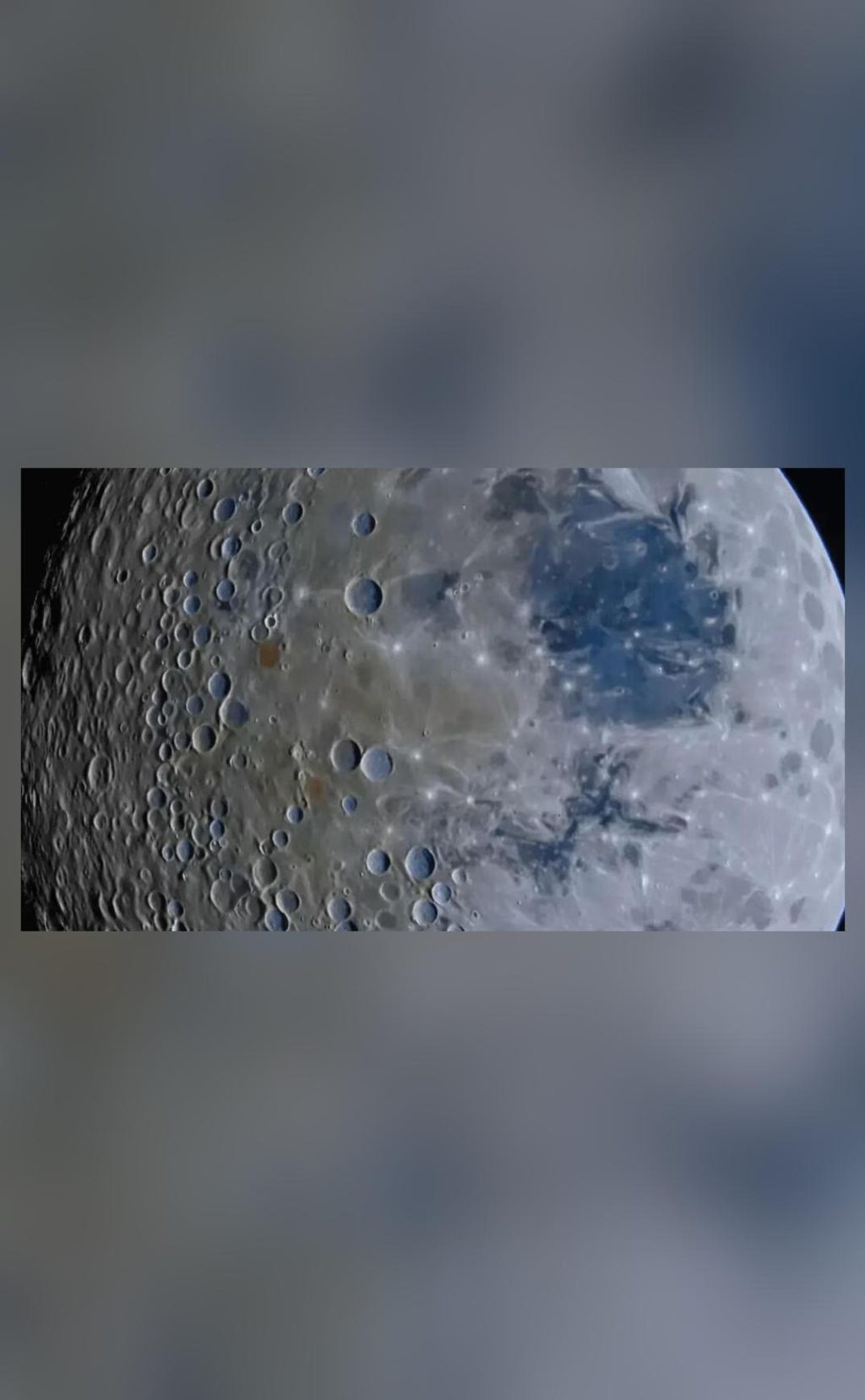
Presence of Water-Ice Likely Outside Moon’s Polar Regions: Data
For decades, scientists have been fascinated by the presence of water-ice on the Moon. Traditionally, water-ice deposits on the Moon were believed to exist mainly in permanently shadowed craters at the poles. These craters, located at the lunar poles, receive no direct sunlight and maintain temperatures as low as -243°C, making them ideal environments for water-ice accumulation. However, new data obtained from the Chandrayaan-3 mission suggests that water-ice may be present beyond the Moon’s polar regions, specifically on inclined surfaces in high-latitude regions.
The findings, published recently, have significant implications for our understanding of the Moon’s geology and potential for supporting life. The discovery of water-ice on the Moon’s surface could provide a source of water for future lunar missions and even serve as a resource for human settlements.
Chandrayaan-3 Mission: A Game-Changer for Lunar Research
Launched in July 2022, the Chandrayaan-3 mission is India’s third lunar expedition, designed to explore the Moon’s surface and subsurface. The mission consists of three components: the orbiter, the lander, and the rover. The orbiter is responsible for capturing high-resolution images of the Moon’s surface, while the lander and rover are designed to study the lunar surface and subsurface in detail.
The Chandrayaan-3 mission has already provided a wealth of valuable data, including evidence of water-ice on the Moon’s surface. In 2020, the mission’s orbiter detected signs of water-ice in the permanently shadowed craters at the lunar poles. However, the latest findings suggest that water-ice may be present elsewhere on the Moon’s surface.
Inclined Surfaces in High-Latitude Regions: A New Frontier for Water-Ice Accumulation
Traditionally, scientists believed that water-ice could only accumulate in permanently shadowed craters at the lunar poles. However, the Chandrayaan-3 mission’s data suggests that inclined surfaces in high-latitude regions (60°-80° N or S) could provide similar environments for water-ice accumulation.
These inclined surfaces, which receive indirect sunlight, maintain temperatures that are slightly warmer than the permanently shadowed craters. As a result, they may be capable of supporting water-ice accumulation, a process that requires temperatures below 0°C.
The discovery of water-ice on inclined surfaces is significant because it suggests that the Moon’s surface may be more conducive to water-ice accumulation than previously thought. This finding has important implications for future lunar missions, which may be able to exploit these regions to extract water-ice for life support, propulsion, and other purposes.
Implications for Future Lunar Missions and Human Settlements
The presence of water-ice on the Moon’s surface has significant implications for future lunar missions and human settlements. Water-ice is a valuable resource that can be used for life support, propulsion, and other purposes. In the context of human settlements, water-ice could provide a reliable source of water for drinking, hygiene, and other essential purposes.
The discovery of water-ice on inclined surfaces also raises questions about the Moon’s geological history. The Moon’s surface has been bombarded by solar winds and radiation, which could have led to the formation of water-ice deposits over time. The Chandrayaan-3 mission’s data provides valuable insights into the Moon’s geological history and the processes that have shaped its surface over billions of years.
Conclusion
The Chandrayaan-3 mission’s data has revealed a new frontier for water-ice accumulation on the Moon’s surface. The discovery of water-ice on inclined surfaces in high-latitude regions suggests that the Moon’s surface may be more conducive to water-ice accumulation than previously thought. This finding has significant implications for future lunar missions and human settlements, which may be able to exploit these regions to extract water-ice for life support, propulsion, and other purposes.
As scientists continue to analyze the Chandrayaan-3 mission’s data, we can expect to learn more about the Moon’s geological history and the processes that have shaped its surface over billions of years. The discovery of water-ice on the Moon’s surface is a significant milestone in our understanding of the Moon and its potential for supporting life.
Source:






